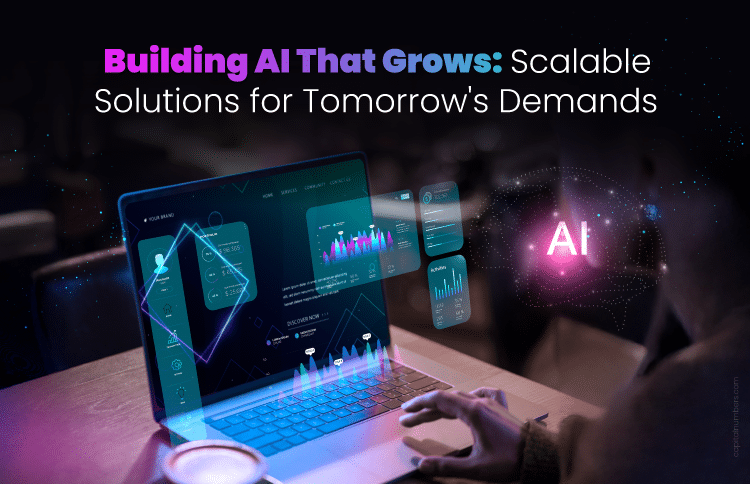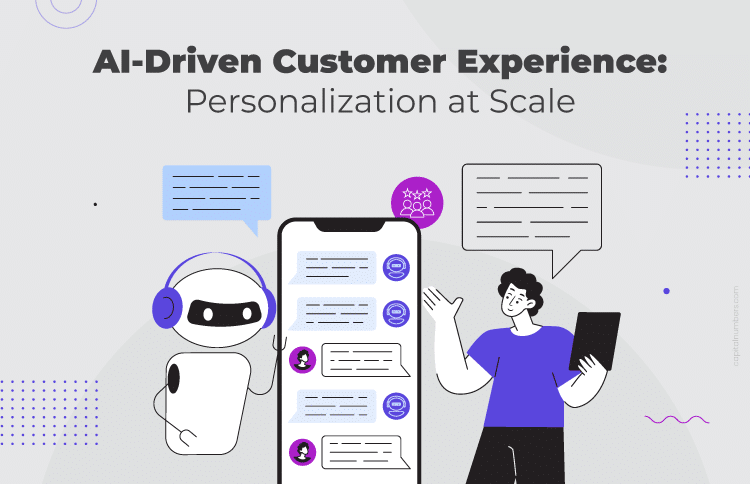Understanding Big Data Analytics
Table of Contents
When people start digging into big data, they get nervous.
This may often be the case when people are new to handling huge unstructured data sets.
This is where Big Data Analytics comes in.
Overview of Big Data Analytics
Big Data Analytics is the process of extracting value from an endless source of informational insights that helps companies realize their goals.
It aids in decision-making and enables experts to implement data-driven strategies for future growth.
From risk mitigation, personalization, internal operations to fraud detection, the insights received from Big Data Analytics allow companies to create cutting-edge business methods.
But, where did it all originate from?
The Origins of Big Data Tools
With the enormous growth in collectible data, it was clear that traditional technologies such as data warehousing weren’t suitable for tackling massive and incoherent data sets.
The solution?
Big Data tools came into play.
It was in the early 2000s that the concept of Big Data gained momentum.
The early Big Data innovation projects were open-sourced under the Apache Software Foundation, with massive contributions from none other than technology biggies like Facebook, Google, IBM, and Yahoo. Some of the tools which they used were:
- Apache Spark – This tool was used for managing ETL workloads.
- Apache Hadoop – This workhorse was used for complex ETL and data presentation. In case there was an influx of additional data, Hadoop was scaled with added cluster nodes, which offered massive flexibility for data allocation.
- Presto – This fast and reliable SQL engine was used for preparing ad-hoc analytics.
Driven forward by the big technology companies, Big Data was a concept that was no longer new.
Different companies eventually started managing and retrieving the value from large amounts of unstructured information, thanks to the software capabilities of Big Data tools.
Rising Adoption of Big Data Analytics and the Emergence of Cloud
Back in 2008, when Hadoop first got recognized due to its Big Data management capabilities, it was extremely expensive.
Although Hadoop was very advanced, using it meant employing the right resources who would be highly skilled to leverage it efficiently. As a result, handling enormous volumes of queries and information became difficult.
The result?
Massive failure in the execution of many Big Data projects.
However, it was in 2013 that the enterprise cloud for analytics was slowly becoming popular. Amazon Web Services (AWS), Microsoft, VMWare, and IBM, were some of the tech giants who started popularizing cloud computing concepts.
And finally, when AWS announced its $5 billion cloud revenue in 2015, companies truly started becoming familiar with the power of this trailblazing technology and its ability to store Big Data.
An Overview of Cloud
The emergence of cloud-based analytics made data management a cakewalk.
Companies started using the cloud because it offered easy access to servers, databases, storage, and large sets of application services over the Internet. Also, the cloud infrastructure was agile, easy-to-deploy, and of course, cost-efficient.
Today, companies of different sizes and scales realize the power of cloud platforms for ample data storage.
Cloud Tech – A Preferred Choice for Big Data Storage
Be it data transmission, processing, or storage, the cloud is a digital infrastructure that helps in scaling Big Data like no other.
This is mainly because the cloud can tackle the 4 V’s of Big Data, namely:
- Volume: One of the critical aspects of data is its sheer volume. The incredible amount of data, generated from multiple sources such as credit cards, social media, cell phones, photographs, videos, and sensors, needs distinct processing technologies, which traditional storage facilities cannot offer. This is where the cloud plays a significant role in collecting, storing, and processing huge volumes of data in a cost-efficient manner.
- Variety: Cloud-based platforms also help in accumulating structured, unstructured, and semi-structured data in an organized way. For instance, data collected from CCTV footage from various locations of different cities are stored in the cloud in a systematic way for future references or inferences.
- Velocity: The speed at which massive data gets generated from different sources like Facebook status updates, SMS texts, Twitter posts, emails, credit card swipes, etc.is high. Cloud-based technologies help in the fast transmission and storage of data produced from different sources across the globe.
- Value: Until and unless data is extracted successfully to track business metrics, it has no value. Cloud technologies help a lot in hassle-free extraction of raw data. Experts leverage the cloud to gather insights and valuable data from the irrelevant ones to create a new product line, get a cross-sell opportunity, and cut down on costs.
This apart, experts retrieve the data from the cloud for performing the following tasks:
- Descriptive Analytics – When experts take historical data into account to better understand the changes which have taken place in the business, they perform Descriptive Analytics.
- Diagnostic Analytics – Characterized by techniques such as data mining, data discovery, and correlations, Diagnostic Analytics is a stage that focuses on the reasons behind a specific structural or operational change.
- Predictive Analytics – Business leaders perform Predictive Analytics to get an idea about future trends or customer preferences.
- Prescriptive Analytics – Experts perform Prescriptive Analytics when they look to fully utilize a potential opportunity or eliminate a future risk through a course of action.
As a result, the cloud is a popular choice when it comes to smart storage solutions. Both small and legacy firms use the cloud for modeling and assessing essential data.
Cupid Chan, CTO, Index Analytics LLC, says, “It doesn’t matter how much data you have; unless you can get the insight from it, it is just bits and bytes occupying the storage.”
And we couldn’t agree more.
In addition, businesses also use BI software with their existing technologies to spur growth.
Big Data Combined with Business Intelligence
Earlier, many businesses failed due to the lack of proper computing infrastructure.
But, today, top industry leaders combine Big Data tools with Business Intelligence (BI) software to increase efficiencies and boost ROI.
While experts use Business Intelligence (BI) to collate and extract essential insights from well-structured data, they use Big Data Analytics to capture and organize structured, semi-structured and unstructured data, with the help of tools such as Hive, Hadoop and Presto.
Combining Big Data and BI helps them predict and forecast market conditions, customer requirements, and sales opportunities.
To Sum Up
Establishing a data-driven business isn’t a single-step process. It needs to be backed by people, strategies, software, and of course, data.
Therefore, it is important to supercharge businesses by leveraging best-of-breed technologies, if profitability is the goal.
Let’s not deny that the early adopters of next-gen technologies are the winners of tomorrow.
So, are you ready to be one?














